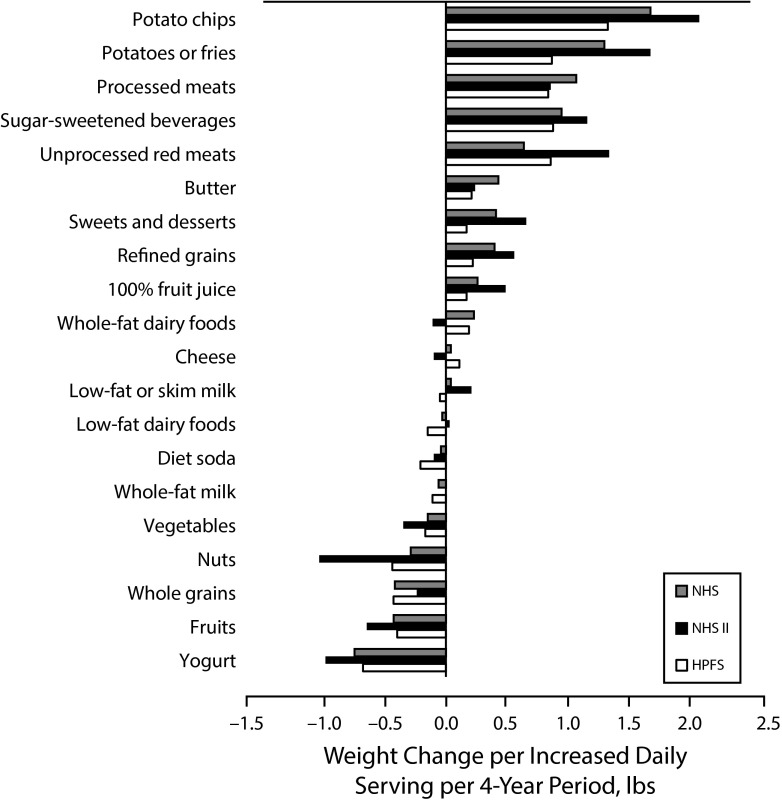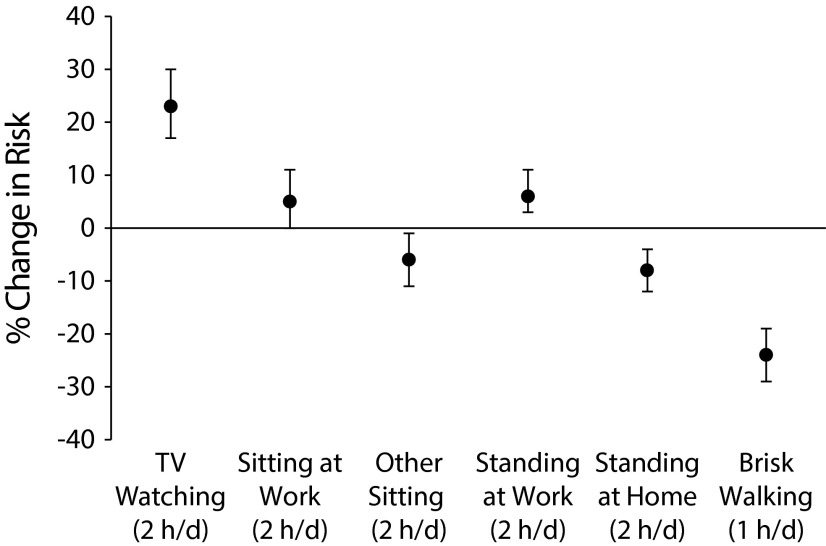Dr. Ahmet Özyiğit was born in 1981 in the Famagusta district of Cyprus. Ozgen and Dr. He is the youngest of Savaş Özyiğit's three children.
After completing his high school education at Türk Maarif College in 1998, he completed his undergraduate and graduate studies in economics in the American state of Kansas. Özyiğit, who later completed his doctorate education in the same field of science, published many articles in this field.
Özyiğit, who later became interested in medical science, studied medicine at the University of Nicosia Faculty of Medicine. In addition to this education, he received his master's degree in Clinical Embryology from the University of Leeds and postgraduate education in Endocrinology from the University of South Wales.
With an eclectic academic background, Dr. Özyiğit continues his clinical studies, especially on weight loss, metabolism and healthy aging. An active member of the American Academy of Anti-Aging Medicine, Dr. Özyiğit applies anti-aging, weight loss and brain function improving treatments to his patients.

Wellness and Anti-aging Applications

Wellness and Anti-aging Applications
Weight Loss
Weight Loss, Fat Burning and Metabolism Acceleration:
Obezite, çağımızın en kronikleşmiş ve pandemi seviyesine ulaşmış hastalıklarından bir tanesidir. 2023 itibarı ile, yetişkin dünya nüfusunun %13’ü obez, %39’u ise kilolu olarak sınıflandırılmıştır. Erkeklerde %11 olan obezite görülme oranı, kadınlarda %15 olarak gözlemlenir1.
Factors that determine susceptibility to weight gain or obesity can be called a person's eating and drinking habits, activity level, sleep quality, environmental factors and genetic factors.2. Although the person's metabolism or genetic predisposition are seen as factors, the biggest underlying problem is that the amount of energy consumed and the amount of energy spent are not equal.3.
In a comprehensive study lasting 20 years, covering the years 1986-2006, the relationship between the increase in consumption of certain foods and beverages and the rate of weight gain was observed. As a result of this comprehensive study, a significant weight gain was observed in women who increased their consumption of potatoes, potato chips, processed meats, red meat, fruit juice, sweetened drinks, butter and cereals, while women who increased their consumption of vegetables, fruits, whole grain foods, yoghurt and raw nuts. The weight gain rate was observed to be lower or negative. The table below shows the summary of the study.4:

People's sleep patterns and quality also appear as a factor that increases the tendency to obesity due to its direct effect on energy intake and expenditure. Although it increases 24-hour energy expenditure in people who sleep less than 7-8 hours a day, it will cause weight gain due to its effect on appetite hormones. People who do not sleep enough and stay up late at night are more likely to trigger weight gain, as their tendency to eat late and consume more unhealthy foods will increase, as well as hormonal changes.5.
Insufficient sleep and disruption of sleep patterns are factors that increase a person's risk of obesity and type 2 diabetes, especially thanks to their effects on ghrelin (hunger hormone) and leptin (satiety hormone).
Insufficient sleep will trigger more feelings of hunger and the need to eat due to the increase in cortisol level. However, it will increase the person's appetite due to the changes it will create in the levels of ghrelin, known as the hunger hormone, and leptin, known as the satiety hormone. We can see this relationship more clearly in the image below.6.

Low activity levels of people will also cause the amount of energy spent to be low and the amount of energy taken in not to be excreted from the body. Therefore, people with low activity levels will be more prone to weight gain and obesity. It has been determined by clinical studies that being inactive increases the risk of obesity, and even a daily light-paced walk reduces this risk. In the image below, the risk of sedentary activities, light walking and obesity are quantified.7:

Obesity is not just an appearance problem. Serious health problems are observed in people suffering from obesity. Cardiovascular diseases, type 2 diabetes, cancer, rheumatic diseases, liver and kidney diseases, sleep apnea and clinical depression are health problems directly associated with obesity.8. In this context, it has been reported that %8 of premature deaths observed worldwide are caused by obesity.1.
This being the case, preventing weight problems and preventing obesity has become an important public health problem. Since people being healthier and the incidence of chronic diseases decreasing will directly affect public health expenditures, effective public health policies are implemented to prevent weight problems, especially in developed countries.
Dr. As a result of both his clinical studies and research, Ahmet Özyiğit develops and offers treatments to his patients that will provide weight control and reduce the risk of obesity. In addition to these treatments, behavioral changes will also help the person age healthily and reduce the risks of chronic diseases.
In the first stage, a blood test is required to determine the person's metabolic activity and biochemical markers. In addition, determining the person's fat/muscle/water composition will also be effective in the path to be drawn.
Weight Loss Apps
Dr. Methods used by Ahmet Özyiğit for his weight problem:
Lifestyle changes
More movement, more fluid consumption, feeding time restriction and nutrition plan
supplements
Food supplements that support insulin resistance and cellular energy production.
Peptides
Semaglutide etc. used for treatment. The names of the peptides are given below.
Semaglutide
Semaglutide – Glukagon benzeri peptid (GLP1) analoğu olan bu peptid, tokluk hissi vermenin yanı sıra, gıdaların mideden bağırsağa geçişini yavaşlatmakta, ve tokluk hissiyatının uzun sürmesini sağlamaktadır. FDA onaylı olan bu peptid, 6 aylık kullanımda, ortalama olarak kişilerin vücut ağırlığının %15-20’sini vermesini sağlayabilmektedir.
Semaglutide, also known by its trade names Ozempic or Wegovy, is a medication primarily used to treat “type 2” diabetes. Its mechanism is to increase insulin release and increase glucagon levels by mimicking glucagon-like peptide-1 (GLP-1).
MOTS-c
MOTS-c – is a mitochondrial peptide of 16 amino acids. It has an important role in the body by regulating metabolic activity by translocating to the nucleus, especially when the body is under stress. There is a serious decrease in its level due to aging. It has been determined that MOTS-c peptide has important roles on a hormonal and cellular basis. Thanks to these roles, clinical studies have proven that they have positive effects against insulin resistance and type 2 diabetes, cardiovascular diseases, osteoporosis, obesity and dementia. Especially its benefits against aging9 and its positive effects against cardiovascular risk and inflammation.10 Thanks to this peptide, it is evolving into a very promising form of treatment.
tesamorelin
Tesamorelin – Tesamorelin is an FDA-approved peptide used to eliminate central adiposity caused by drug use, especially in HIV+ patients.11. Studies conducted on non-HIV+ people have also found that it reduces fat in the abdominal area and provides slimming. In addition, some recent studies have found that tesamorelin not only has positive effects on fat burning but also on cognitive functions in older people. Although more studies are needed to measure the extent of such effects, it is very positive that it is promising in this direction.
CJC 1295
CJC 1295 – This peptide, which is 30 amino acids in size, aims to increase the body's own growth hormone production. It triggers fat burning by increasing both growth hormone and IGF-1 levels, and contributes to muscle formation by increasing protein synthesis. The increase in sleep quality and anti-aging properties are other features that make this peptide very attractive. This peptide, whose side effect profile was found to be quite innocent in clinical studies,12Since it has not yet received approval from the FDA, it can still be applied under the name of scientific study.
References:
1. Ritchie, H. and Roser, M. (2017) obesity, Our World in Data. Available at: https://ourworldindata.org/obesity#:~:text=13%25%20of%20adults%20in%20the,of%20energy%20intake%20and%20expenditure. (Accessed: 28 July 2023).
2. Hruby, A. et al. (2016) 'Determinants and consequences of obesity', American Journal of Public Health, 106(9), pp. 1656–1662. doi:10.2105/ajph.2016.303326.
3. Faria, S.L. et al. (2012) 'Metabolic profile of clinically severely obese patients', Obesity Surgery, 22(8), pp. 1257–1262. doi:10.1007/s11695-012-0651-y.
4. Mozaffarian, D. et al. (2011) 'Changes in diet and lifestyle and long-term weight gain in women and men', New England Journal of Medicine, 364(25), pp. 2392–2404. doi:10.1056/nejmoa1014296.
5. Chaput, J.-P. et al. (2022) 'The role of insufficient sleep and circadian misalignment in obesity', Nature Reviews Endocrinology, 19(2), pp. 82–97. doi:10.1038/s41574-022-00747-7.
6. Mayer, P. (no date) The impact of sleep deprivation on weight, Biron. Available at: https://www.biron.com/en/education-center/specialist-advice/impact-sleep-deprivation/ (Accessed: 28 July 2023).
7. Hu, FB (2003) 'Television watching and other sedentary behaviors in relation to risk of obesity and type 2 diabetes mellitus in women', JAMA, 289(14), p. 1785. doi:10.1001/jama.289.14.1785.
8. Pi-Sunyer, X. (2009) 'The medical risks of obesity', Postgraduate Medicine, 121(6), pp. 21–33. doi:10.3810/pgm.2009.11.2074.
9. Mots-C (2021) Alzheimer's Drug Discovery Foundation. Available at: https://www.alzdiscovery.org/uploads/cognitive_vitality_media/MOTS-c.pdf (Accessed: 28 July 2023).
10. Zheng, Y., Wei, Z. and Wang, T. (2023) 'Mots-C: A promising mitochondrial-derived peptide for therapeutic exploitation', Frontiers in Endocrinology, 14. doi:10.3389/fendo.2023.1120533.
11. Adrian, S. et al. (2018) 'The growth hormone releasing hormone analogue, tesamorelin, decreases muscle fat and increases muscle area in adults with HIV', The Journal of Frailty & Aging, pp. 1–6. doi:10.14283/jfa.2018.45.
12. Teichman, S.L. et al. (2006) 'Prolonged stimulation of growth hormone (GH) and insulin-like growth factor I secretion by CJC-1295, a long-acting analogue of GH-Releasing Hormone, in healthy adults', The Journal of Clinical Endocrinology & Metabolism, 91(3), pp. 799–805. doi:10.1210/jc.2005-1536.
What is Semaglutide and how is it used for weight loss?
Semaglutide is a medicine used to treat diabetes. There are also semaglutide-like peptides used for weight loss. These peptides aid weight loss by reducing appetite and prolonging satiety.
How fast does Semaglutide make you lose weight?
The rate of weight loss varies between individuals. Some may observe significant weight loss within a few weeks, while for others, results may come more slowly. Medications like Semaglutide have proven effective when combined with a healthy diet and exercise.
Do peptides used in weight loss Applications have any harm to health?
While Semaglutide and similar medications are suitable for many people, they may not be suitable for everyone. They may not be suitable, especially for pregnant women, breastfeeding mothers and those with certain health problems. Your doctor can make the best decision about whether a treatment like semaglutide is right for you.
What are the possible side effects of drugs similar to Semaglutide?
Side effects of Semaglutide-like medications may include nausea, diarrhea, vomiting, constipation, and loss of appetite. It should be noted that more serious side effects may also occur.
